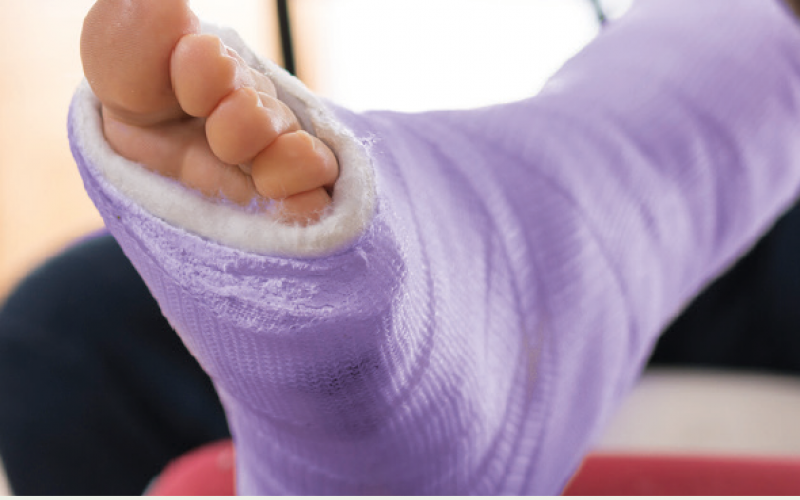Immobilization techniques
"It is crucial to use dependable, high-tech orthopedic immobilization equipment and devices during your recovery."1
You will undoubtedly have a lot of questions about the Charcot treatment process. Perhaps one of the most important parts for favorable outcomes will be how well the foot and ankle (or your particular joint / region) has been immobilized. I'll talk through the different types of immobilization, their pros and cons and some tips for making your daily grind a little less unpleasant.
As always, follow your provider's treatment plan to the letter. Your compliance will go a long way to building trust with your provider and generally increases your chances of a relatively uninhibited future!




Types of devices
- Casts - Don't be surprised if immediately after being told you have a Charcot affected joint, you're put in a cast. According to movementortho.com, casts are most often used after the acute injury phase is over. This is because casts are not adjustable to accommodate additional swelling.
- Splints - Available for every joint in the body, a splint is much better at accommodating increased swelling. Their ability to immobilize is very good though not quite as much as a hard cast. Many people are able to don and remove splints on their own or with the help of a friend or family member.
- Braces - Generally used for short periods of time, braces help support affected limbs by reducing the amount of movement while increasing stability. They are much less expensive and can be worn or removed at will.
- Charcot Restraint Orthotic Walker (CROW) - The CROW brace or walking boot is typically indicated in patients requiring extreme support for joints that are unstable but not quite serious enough for surgical intervention. They may also be used for extended periods of time post-surgery. Often using medical grade velcro for fastening, they may be removed at will. Your provider may recommend this treatment to reduce pain, minimize further deformity, and prevent ulcer development after acute Charcot has calmed down.2
- Walking boot - Effectively a brace for the lower leg, foot and ankle. These can be fitted with or without a joint lock and provide a great amount of stability and immobilization while still enabling you to take it off when sitting or lying down.
- Compression sleeve - Sleeves are generally used for low grade support, compression and to aid in circulation. They are soft, breathable and easily worn under a supportive boot or shoe.
There are a multitude of options available for immobilization. It's very important that you discuss with your provider what options are appropriate for your condition. Also, don't assume that wearing one or more of these devices affords the ability to put weight on your injured area. I discuss no weight bearing in depth in the living with Charcot column.